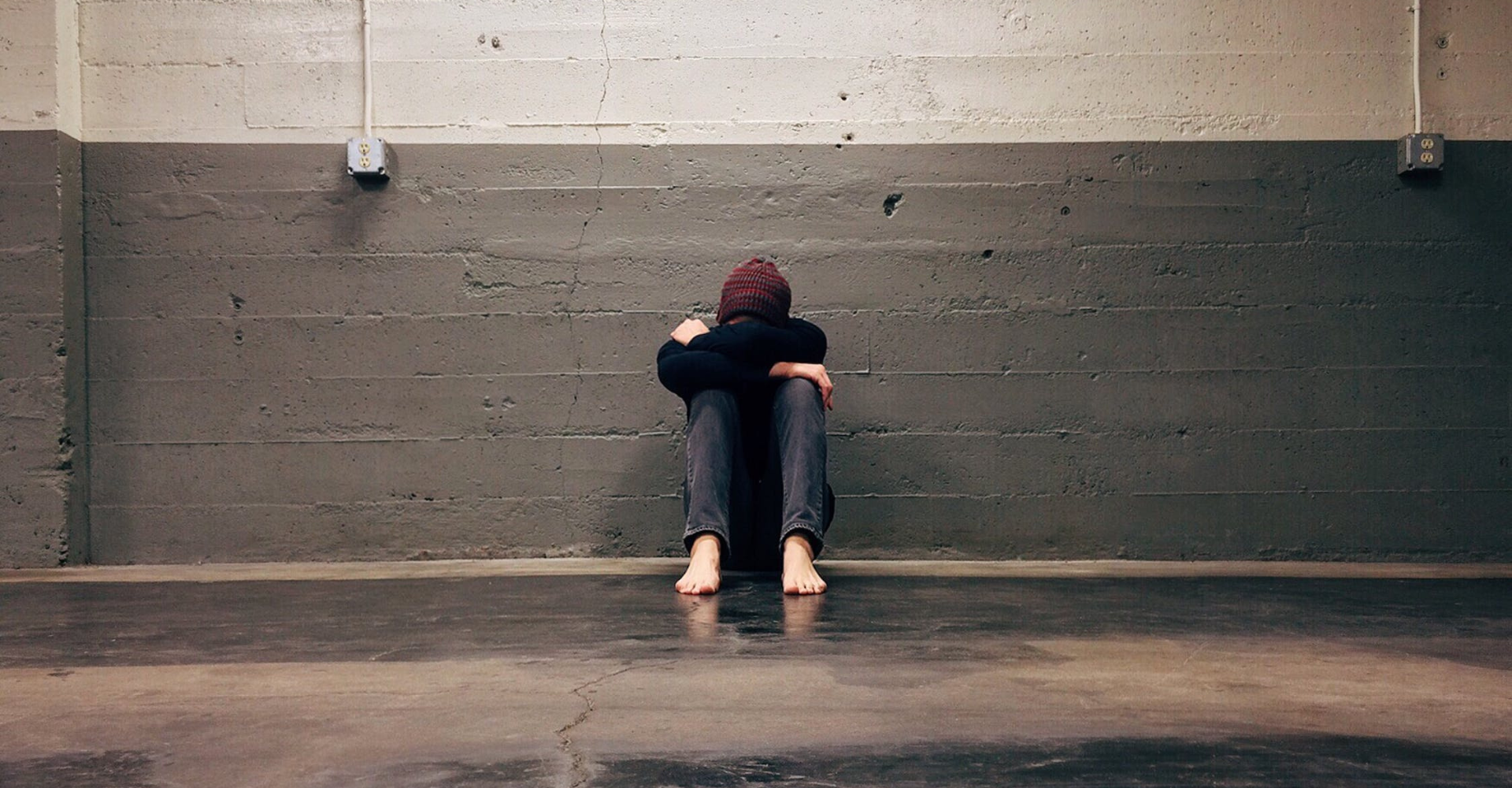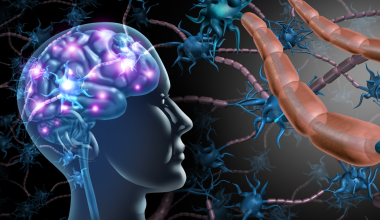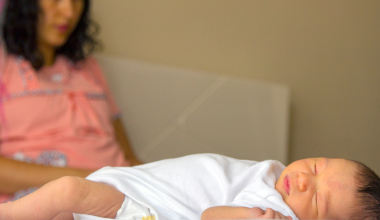It can be a hard decision to start PTSD treatment, but when symptoms are affecting your quality of life, it’s time to get help.
Learn how to identify symptoms below and watch the video to learn about PTSD treatment and symptom management.
Margaret Powell described three different kinds of PTSD: basic, complex, and childhood.
Although Complex PTSD is not considered it’s own medical diagnosis, it’s important to note the differences from basic PTSD.
On top of the other PTSD symptoms, it includes difficulty controlling emotions, negative self view, difficulty with relationships, detachment from the trauma, and loss of a system of meaning.
Combat and sexual assault are two of the most cited reasons for developing PTSD. Women are approximately twice as likely to develop PTSD than men, according to the Government of Canada.
Mayo Clinic lists the 4 symptomatic categories of PTSD to watch out for:
- Intrusive memories
- Avoidance
- Negative changes in thinking and mood
- Changes in physical and emotional reactions
Check out our article on psychedelic assisted therapy. Ketamine-assisted therapy may be an option for those suffering from severe (c)PTSD.
Video transcript: Experiencing a traumatic event leaves its mark. About 9.2% of Canadians will have PTSD in their lifetime, according to the Government of Canada. I spoke with Margaret Powell, a psychotherapist and occupational therapist in Toronto, to answer some questions about how to deal with PTSD symptoms. P: “People can tend to minimize what’s going on in their lives until they kind of get too much on their plate. And their knees start to wobble and they feel like they’re going to collapse. So, how do you know when to seek help? P: “I would always encourage people to not wait. Because when you are under so much stress from other events in your life and then your PTSD unresolved symptoms start to catch up with you and then you go into collapse mode, then you’re looking at not being able to continue with work or being really short tempered and irritable with family and friends, pushing people away or going into a kind of PTSD burnout.” It doesn’t take a lot to trigger a PTSD attack, something as small as a smell or texture can remind you of a traumatic event and make it feel as if you’re reliving it. P: “Our brains are designed for survival. When someone experiences a traumatic event, there are a lot of neurochemicals that are released at the time to help the person cope and deal the problem is that when people are looking to get help, it’s difficult to get the kind of help they need because we’re still trying to crack the code of how to help people rewire their brains.” There are tactics to help such as mindfulness, nature bathing, and journaling. P: “Trauma is activated from the bottom up. The frontal cortex where we think and plan goes offline in perceptions of threat and our reptilian brain, let’s make ourself safe, goes online. So talk therapy is not actually the best.” Instead, Powell suggested other forms of therapy that are better suited for trauma treatment. She also suggested talking to yourself reassuringly. P: “I am not in danger now. I am undergoing a trigger or a flood or a flashback, so what I am going to do is mitigate my exposure right now, I am going to get away if I can and I am going to work to stay present with my five senses. It’s 2023, it’s Tuesday afternoon and the sun is trying to shine. It smells safe here, I am with my colleagues and everything is ok. That’s how people get back to the present.” Other techniques to help get grounded are vagal breaths, learning your trigger to plan ahead, and asking a friend to be your wing-person in case of a PTSD attack. But in the middle of an attack, it can be hard to remember these strategies. Powell suggested creating a cheat sheet on your phone for easy tips on grounding yourself. There are a couple of medications available for PTSD treatment. P: “If the impact of the trauma has worn someone down so much that they are experiencing anxiety and/or depression, then they might be prescribed an antidepressant. If they are having trouble really regulating their moods, sometimes there are new antipsychotics. Now, I encourage people to not be alarmed by this term, it’s just what they’re called.” There are multiple lifestyle factors that can influence the experience of PTSD. Powell has a handy way of remembering things you can do to minimize the impact of symptoms on your life. P: “SHINE. S is to really work on sleep. H is to work on hormones. That is obviously reproductive hormones, but it is also stress hormones… everytime we get triggered, we are going to release adrenaline, cortisol and then people get burnt out because their body is always in that state of alarm, so learning how to calm down through mindfulness… I stands for infections. We can also say inflammation, reducing those. And then N is for nutrition. Let’s not underestimate the role of the enteric nervous system, the gut. Lots of people describe gut upset, diarrhea, constipation as a reaction to trauma, long term trauma. And the last thing is exercise. In that, as everybody knows you get endorphins, you get rid of stress, and you feel better. But nothing in excess.” There is ongoing research in trauma and trauma treatment. More strategies to deal with the overwhelming feelings caused by PTSD surface everyday. Ashley Keller, The Health Insider.
The information provided on TheHealthInsider.ca is for educational purposes only and does not substitute for professional medical advice. TheHealthInsider.ca advises consulting a medical professional or healthcare provider when seeking medical advice, diagnoses, or treatment.










